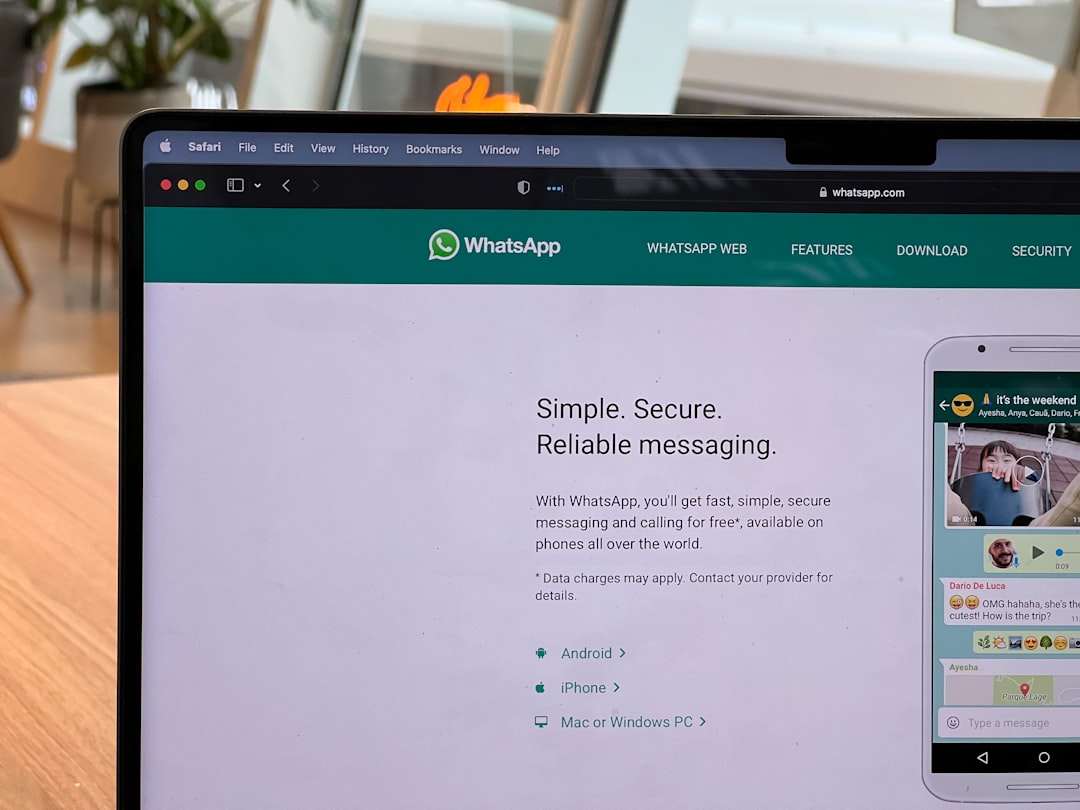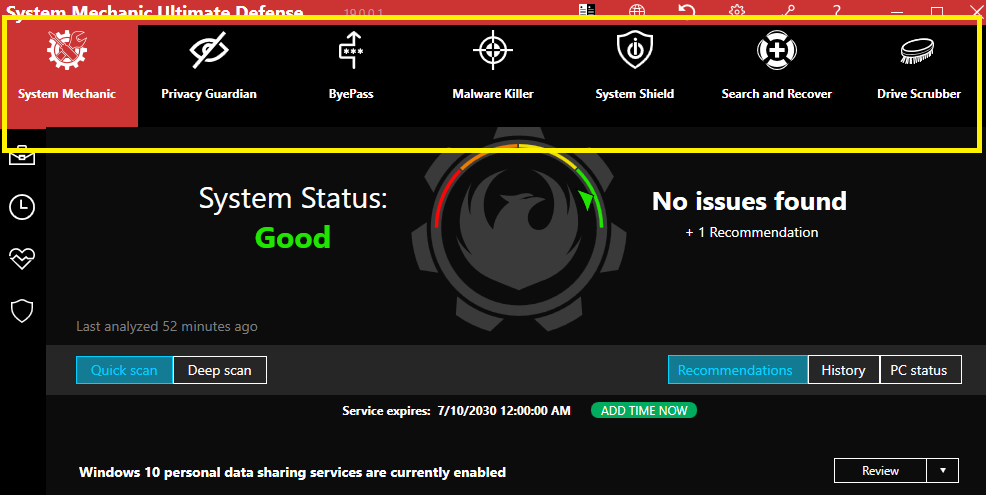Every day, websites face an invisible army: bots. Some bots are helpful. Others? Not so much. They scrape data, launch attacks, and flood systems. That’s why site owners use bot defense systems. But here comes a big challenge: how do you know when to block a bot—or just give it a pushback challenge?
This is where Bot Defense Scoring steps in. It helps decide when a request seems trustworthy, a little suspicious, or just straight-up shady. Let’s break it down!
What Is Bot Defense Scoring?
Think of it like a credit score—but for bots. Every visitor to a site gets a score based on how “human” or “bot-like” they behave. The score helps decide what to do with each request:
- High Score = probably a real user. Let them in!
- Mid Score = might be a bot, might be a person. Give them a test.
- Low Score = likely a bad bot. Deny access.
Pretty neat, right?
How Is the Score Determined?
There are lots of clues that security systems look at to figure out the score. Here are a few common ones:
- IP Reputation: Is the IP address known for spam?
- Device Fingerprint: Is the browser behaving unusually?
- User Behavior: Is the mouse moving naturally, or is it all too perfect?
- Request Patterns: Is this user visiting too fast or too often?
All these signals go into a big puzzle. Then the system calculates a score. Done!
Scoring Ranges and Actions
Let’s simplify what the bot score might look like. Picture this range:
- Score 0–30: Very bad. Most likely an attack bot.
- Score 31–70: Suspicious. Might be a bot, might not.
- Score 71–100: Looks good! Probably a human.
These ranges help you decide your next move:
1. Challenge
You don’t want to block real users, right? So, if the score is in the suspicious range, you can issue a challenge:
- Show a CAPTCHA
- Use JavaScript verification
- Require email or SMS confirmation
Humans can solve these. Bots usually can’t.
2. Deny
Sometimes, there’s no mercy. If the score is super low, the request is clearly a threat. This is when you block or deny access right away.
Examples include:
- DDoS bots flooding your site
- Credential stuffers testing stolen passwords
- Scrapers stealing your content

But Wait… Why Not Always Deny?
Good question! It sounds easy to just block anything suspicious, right?
But here’s the problem: False positives. Sometimes, real users look a little weird. Maybe they’re on a new device. Or they’re sending a lot of requests quickly because they’re excited. We can’t just block them!
That’s where challenges come in. They let real users prove themselves before getting in. It’s like a bouncer at a club saying, “ID, please.”
Choosing When to Challenge vs Deny
Okay, let’s make it even easier. Here’s a simple checklist to help:
✅ Challenge When:
- The score is unclear (around 31–70)
- The risk is medium (not a critical system)
- You want to reduce false positives
❌ Deny When:
- The score is very low (below 30)
- The request pattern matches known attacks
- You’ve seen that IP or device in past attacks
This balance keeps your system safe—but fair.

What Happens After a Challenge?
Here’s the cool part. Once a challenge is issued, what happens next helps the system learn.
- The user passes: Score goes up. They’re likely human.
- The user fails or bails out: Score drops. Likely a bot.
This feedback loop helps improve accuracy over time.
Bot Score, Meet Real-World Situations
Let’s walk through a few real scenarios to show how scoring works in the wild.
💻 Scenario 1: A Login Attempt from a New Device
Bot score: 55
Hmm. Could be a user who just got a new phone. Could also be a bot. Issue a CAPTCHA challenge!
🚀 Scenario 2: 500 Requests from One IP in 10 Seconds
Bot score: 15
Way too aggressive. Highly suspicious. Block that IP right away.
📱 Scenario 3: Slow, Natural Browsing Behavior
Bot score: 85
Looks like a regular user. No need for a challenge or block. Let them through.
Pro Tips for Setting Bot Score Thresholds
Want to tweak your bot defense like a pro? Try these easy tips:
- Keep it adaptive: Adjust thresholds over time as you learn.
- Track trends: See what scores most of your users fall into.
- Match the risk level: If it’s a payment page, be stricter.
Don’t treat all bots the same. Customize your defense based on your business needs.
Bonus: The Friendly Bots
Not all bots are bad! Some bots are helpful. Think:
- Googlebot crawling your site
- Uptime checkers
- Chatbot assistants
Make sure you whitelist the good ones. But double-check they really are who they say they are!

Wrap-Up: Scoring Is Only the Start
Bot Defense Scoring is super powerful. It gives you a way to measure how risky a user or request is. Then, you decide if that visitor gets a handshake, a gate test, or a hard “NO.”
Challenge when you’re unsure. Deny when it’s clearly bad. Trust your score—and your instincts.
With the right system, you’ll keep your site safe, your users happy, and the bots exactly where they belong—outside.





